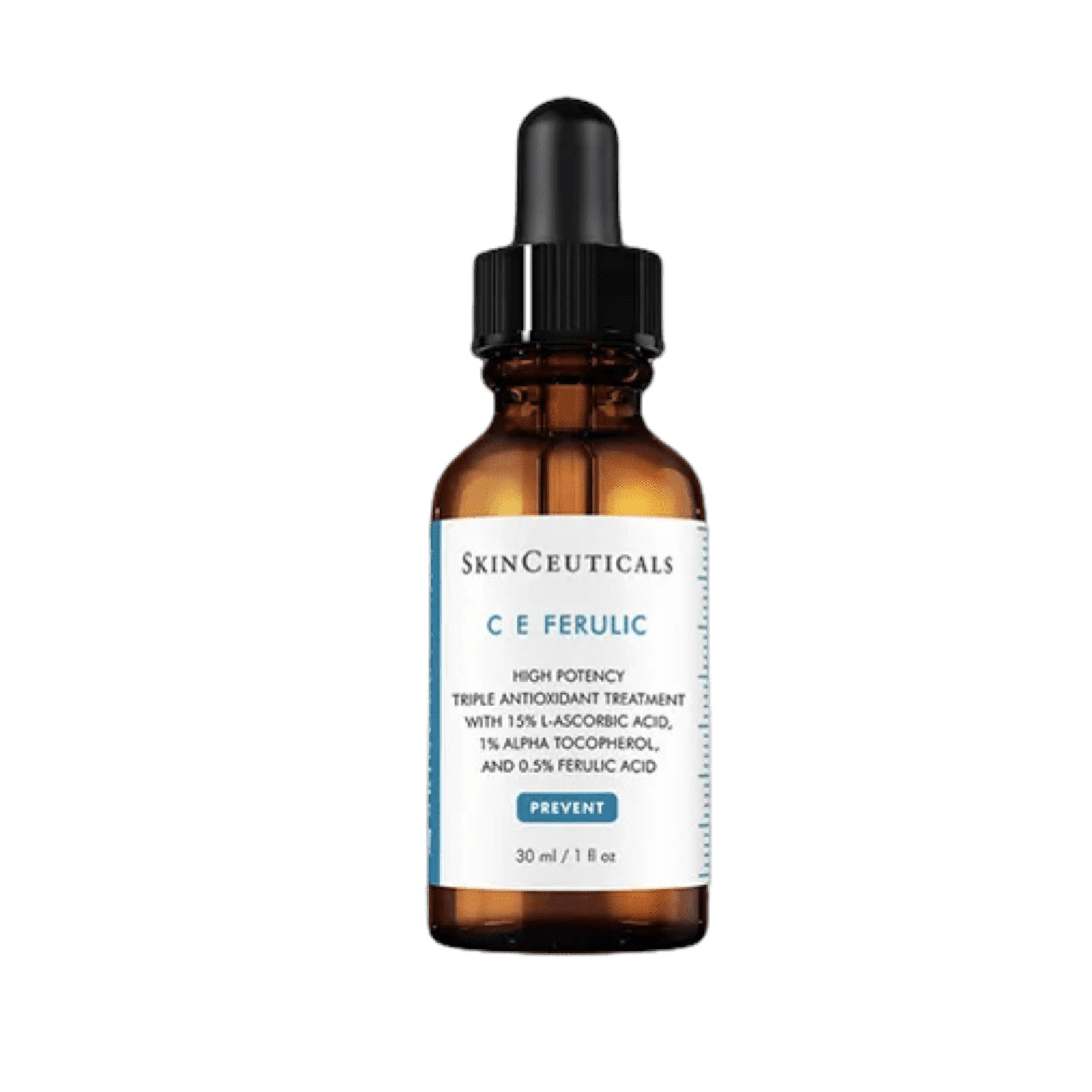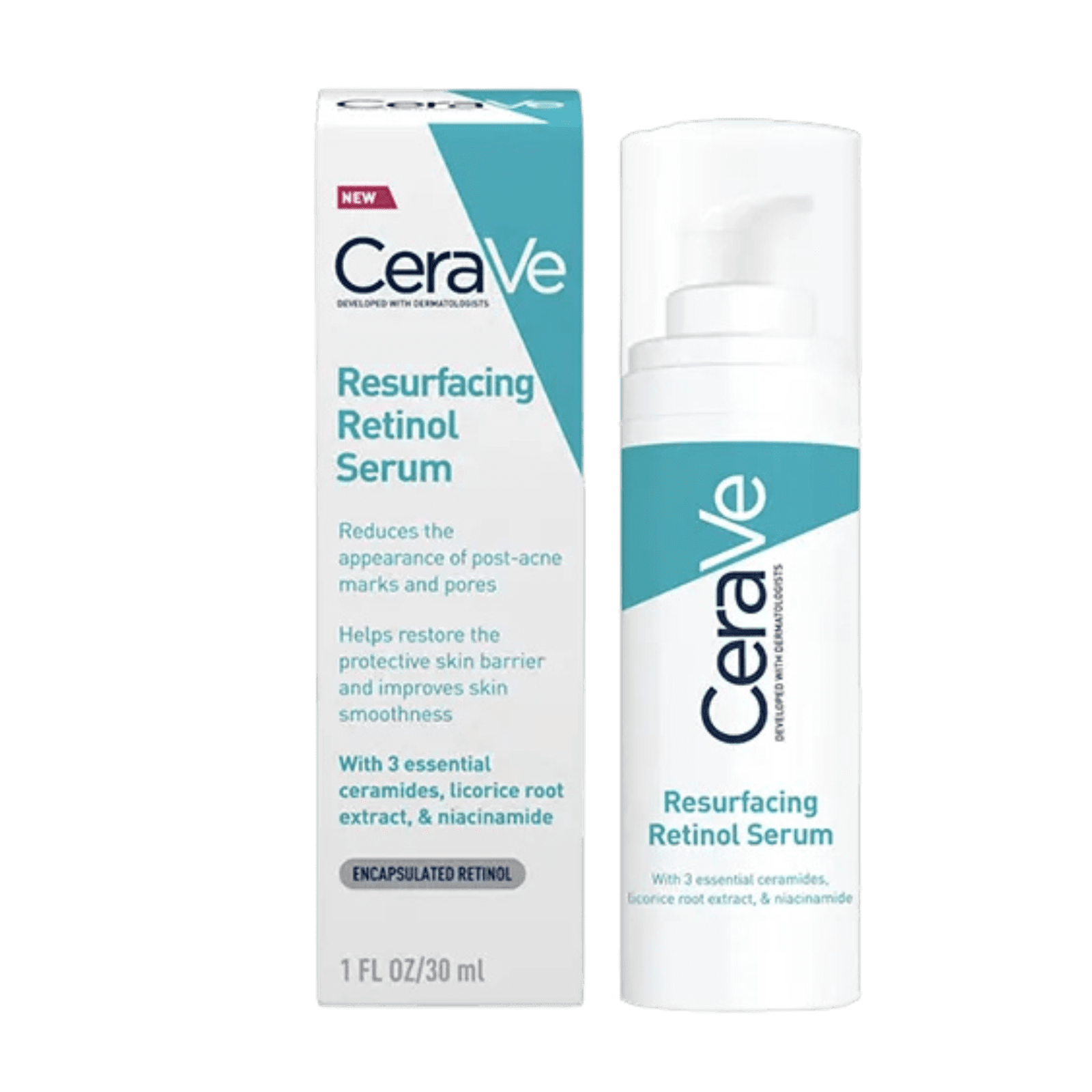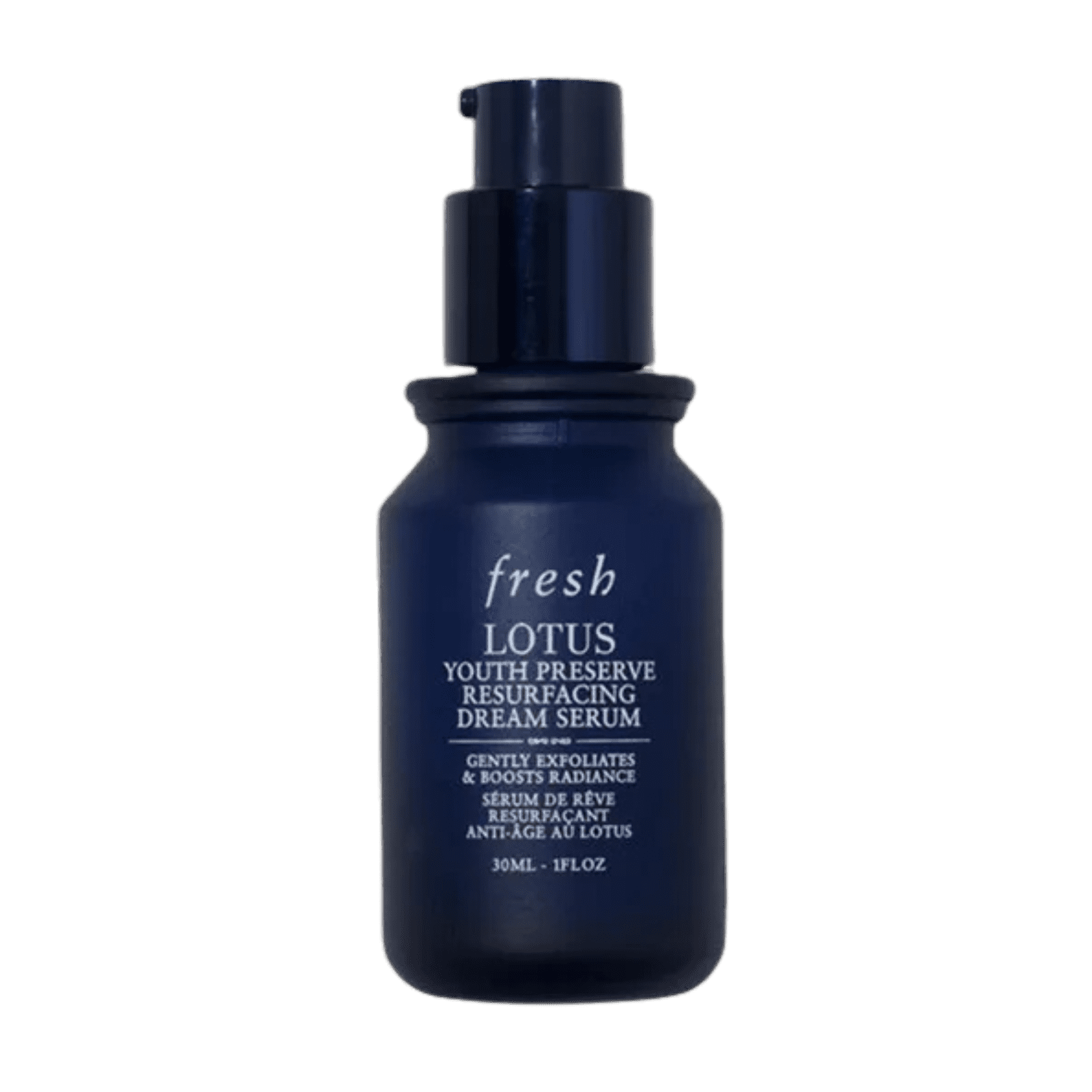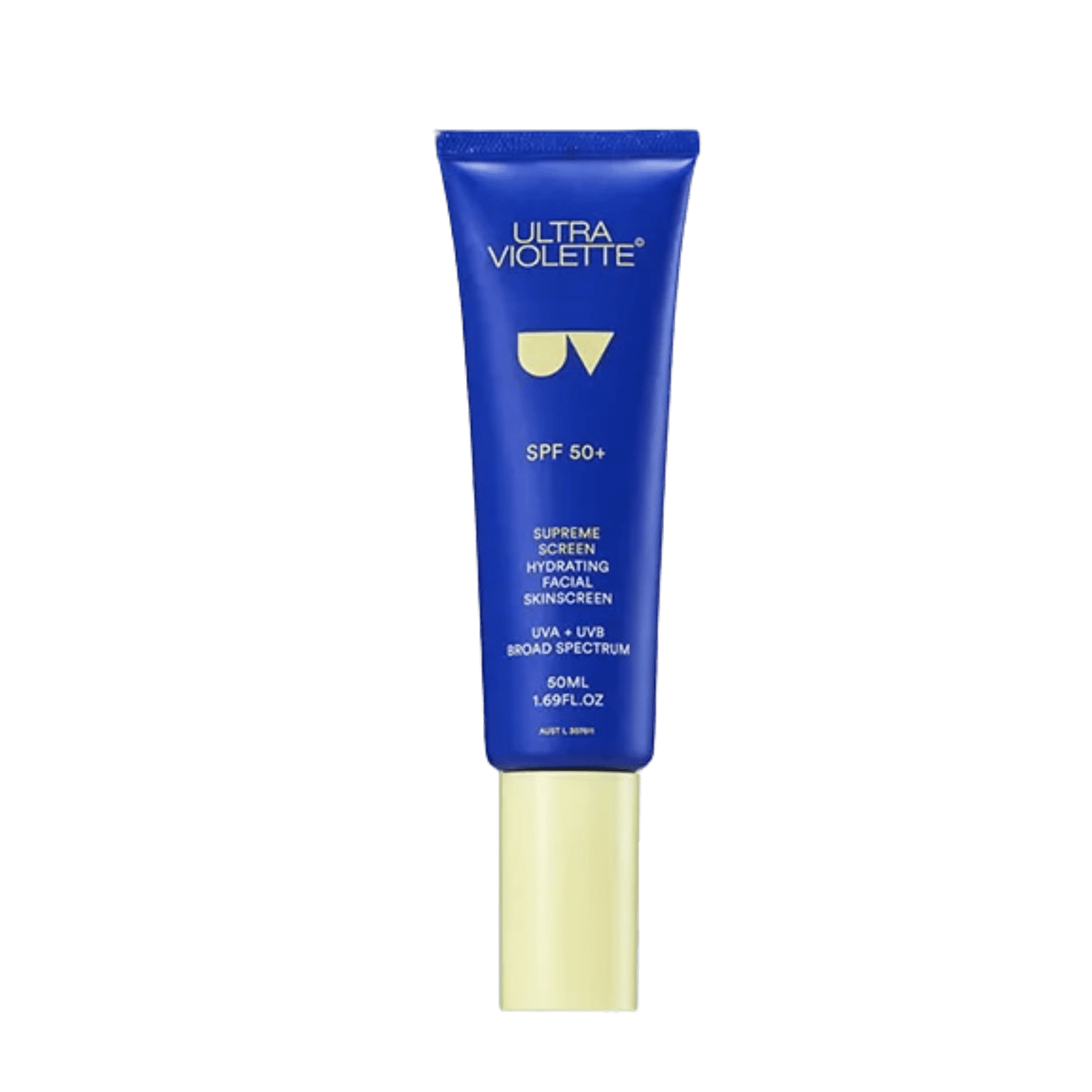With spring now in full swing, it’s time to start thinking about switching up your skincare routine. As well as changing out heavy creams for lighter lotions and swapping rich cleansing oils for refreshing milks, many of us will be looking at ways to improve our glow. Vogue talks to the experts about how to brighten things up in time for the new season.
What is meant by skin brightening?
Brightening typically refers to skin clarity and uniformness of skin tone. “Brightening the skin will usually refer to treatments aimed at improving skin tone, reducing any dullness, as well as reducing any discolouration such as age spots, sun spots or hyperpigmentation,” agrees Dr Anjali Mahto, consultant dermatologist at Self London. It can also refer to skin that’s dull because of dehydration or an uneven texture. “In my view, it comes down to how light reflects off the skin,” adds Justine Hextall, consultant dermatologist for La Roche-Posay. “Even toned, firm skin that is plump and hydrated will have better light reflection and appear brighter with bounce.”
What ingredients should we look for to brighten skin?
One of the most frequently searched skincare ingredients, vitamin C, is considered as the gold standard in skin brightening solutions. As well as offering antioxidant protection against aggressors like UV that cause dullness and damage, it can reduce hyperpigmentation and improve tone and texture by promoting collagen production. “Niacinamide is another beneficial ingredient known for its ability to reduce the appearance of hyperpigmentation and enhance the skin’s barrier function, resulting in a more radiant complexion,” adds consultant dermatologist Dr Derrick Phillips. “Additionally, AHAs like glycolic acid can aid in exfoliation, promoting cell turnover and revealing brighter, smoother skin. Retinoids, such as retinol and retinal, also improve the radiance of the skin through exfoliation and by blocking the production of melanin in the skin.”
Other acids like kojic acid also work well while azelaic acid is particularly good for darker skin and anyone prone to blemishes or post-inflammatory hyperpigmentation that can occur after a breakout. Tranexamic acid is another one to watch out for. “It works by inhibiting the production of melanin, the pigment responsible for dark spots and hyperpigmentation,” says Hextall. “By blocking the pathways that lead to excess melanin production, tranexamic acid helps reduce the appearance of dark spots, melasma and other forms of hyperpigmentation.” Of course, whatever ingredients you choose, a good broad spectrum SPF is non-negotiable as UV damage contributes to significant hyperpigmentation and is responsible for dulling skin’s glow long-term.
What combination of ingredients is particularly effective?
The good news if you are looking to improve radiance is that many of today’s products do the hard work for you, combining the best ingredients together at the right concentrations. La Roche-Posay’s Mela B3 Serum is one such one that’s been years in the making and includes a patented molecule, melaysyl, which targets pigmentation before it reaches the skin, alongside niacinamide, retinyl palmate, hyaluronic acid and glycerin, which all help support cell turnover and hydration. If your issue is stubborn pigmentation, it might be worth consulting your GP or finding a consultant dermatologist who can prescribe a stronger, more targeted course of treatment. “In terms of prescription ingredients, I like to combine hydroquinone and tretinoin,” says Mahto. “This combination is commonly used for more severe cases of hyperpigmentation. Hydroquinone inhibits melanin production, while tretinoin promotes skin cell turnover, leading to significant improvement in skin tone and texture.”
How much can brightening products do?
Targeted, topical products are absolutely a good place to start, and can make a big difference to your skin depending on your concern and goals. “Optimising your skincare routine is a priority,” says Dr Ana Mansouri, aesthetic doctor. “Having an effective skin regimen will also slow down the acceleration of hyperpigmentation concerns, which is an important part of a preventative approach.” But while it’s true that both at-home and prescribed solutions can help improve skin tone, enhance radiance and make skin look fresher and more even, there is only so much they can do to fight really stubborn pigmentation or speed up very sluggish cell turnover. It’s also important to consider that a constant routine of very potent ingredients can irritate or sensitise skin and you may find yourself facing other, additional problems. “For more stubborn concerns, in-clinic treatments, such as chemical peels, laser therapy or microneedling, may be necessary for deeper and more targeted intervention,” says Mahto. As with any skincare products, what matters is consistency, so it’s important to find products that you enjoy using in order to see results. “Consistency is key,” agrees Phillips. “With regular use of these ingredients, you can start to see improvements after a month; however, it usually takes two to three months to see the full benefits.”
What are some more good in-clinic treatments to consider?
For more straightforward brightening of skin that’s in need of a glow injection, Dr Sindhu Siddiqi, GP, aesthetic practitioner and founder of No Filter Clinic, likes mesotherapy with added antioxidant ingredients, such as vitamin C and glutathione, while Dr Jinah Yoo, consultant dermatologist at Maylin X Dr Yoo Dermatology and specialist in Korean dermatology rates polynucleotides to help get brighter, more supple skin. “Polynucleotides work to stimulate the production of collagen within your body, while minimising the appearance of fine lines and wrinkles. [They] aid skin hydration so well, offer brightening effects and can even support pore size and texture.”
What about treatments to brighten tricky pigmentation?
In cases of particularly stubborn pigmentation issues or acne scarring, it’s worth consulting a dermatologist about what options are available. Professional-strength glycolic acid peels can be a good option as can treatments like microneedling, which work to stimulate collagen production and improve texture, says Mahto. Laser therapy, like fractional resurfacing for targeted pigment reduction, is also an option, while a laser peel, such as a light CO2 laser, works well to treat pigmentation and a QSwitched laser treatment can improve unwanted sunspots and sun damage, according to Dr Hiba Injibar, consultant dermatologist at Dermasurge.
This article was originally published on British Vogue.
- What Is Hyaluronic Acid? Understanding Skincare’s Most Popular Ingredient
- These Skincare Products Are Thoughtfully-Sourced With Minimal Impact On The Planet
- Clean Beauty Brand Pure Culture Is Paving The Way To Local, Science-driven Skincare: “Your skin is an ecosystem”
- This New York-Based Filipino Skincare Brand Is Founded On The Philosophy That Less Is More






